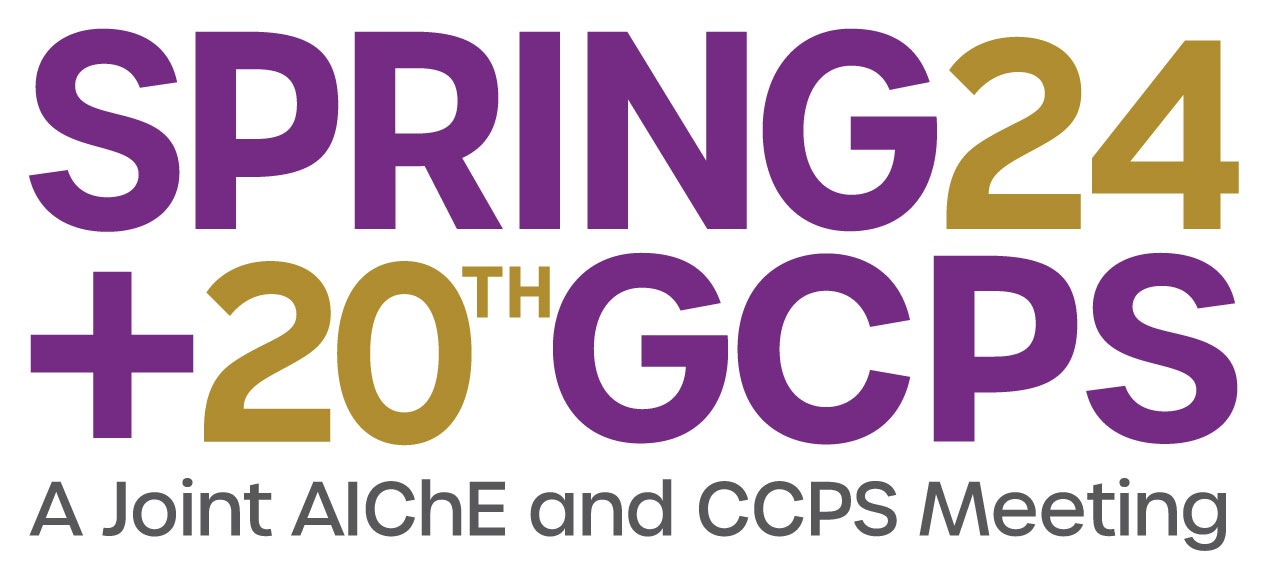

The U.S. Environmental Protection Agency (U.S. EPA) finalized amendments to the National Emission Standards for Hazardous Air Pollutants (NESHAP): Generic Maximum Achievable Control Technology Standards for Ethylene Production, otherwise known as “EMACT†on July 6, 2020. The EMACT revisions required affected facilities to comply with additional monitoring and compliance assurance for flares, including the implementation of flare monitoring and operational requirements of 40 CFR Part 63 Subpart CC (National Emission Standards for Hazardous Air Pollutants from Petroleum Refineries) or “Refinery MACTâ€. Specifically, the new monitoring and compliance assurance requirements included the installation of continuous parameter monitoring system (CPMS) hardware (e.g., vent gas flow monitors, mass spectrometer, calorimeter, etc.) and the software (i.e., the means for managing the data collected by the hardware for purposes of process control and compliance demonstration) as well as additional flare operational restrictions. This paper will focus on the challenges and lessons learned for the operation of flares after July 6, 2020 in order to comply with the EMACT.
Presenter(s)
Language
Pricing
Individuals
| AIChE Member Credits | 0.5 |
| AIChE Pro Members | $19.00 |
| Fuels and Petrochemicals Division Members | Free |
| AIChE Graduate Student Members | Free |
| AIChE Undergraduate Student Members | Free |
| AIChE Explorer Members | $29.00 |
| Non-Members | $29.00 |
